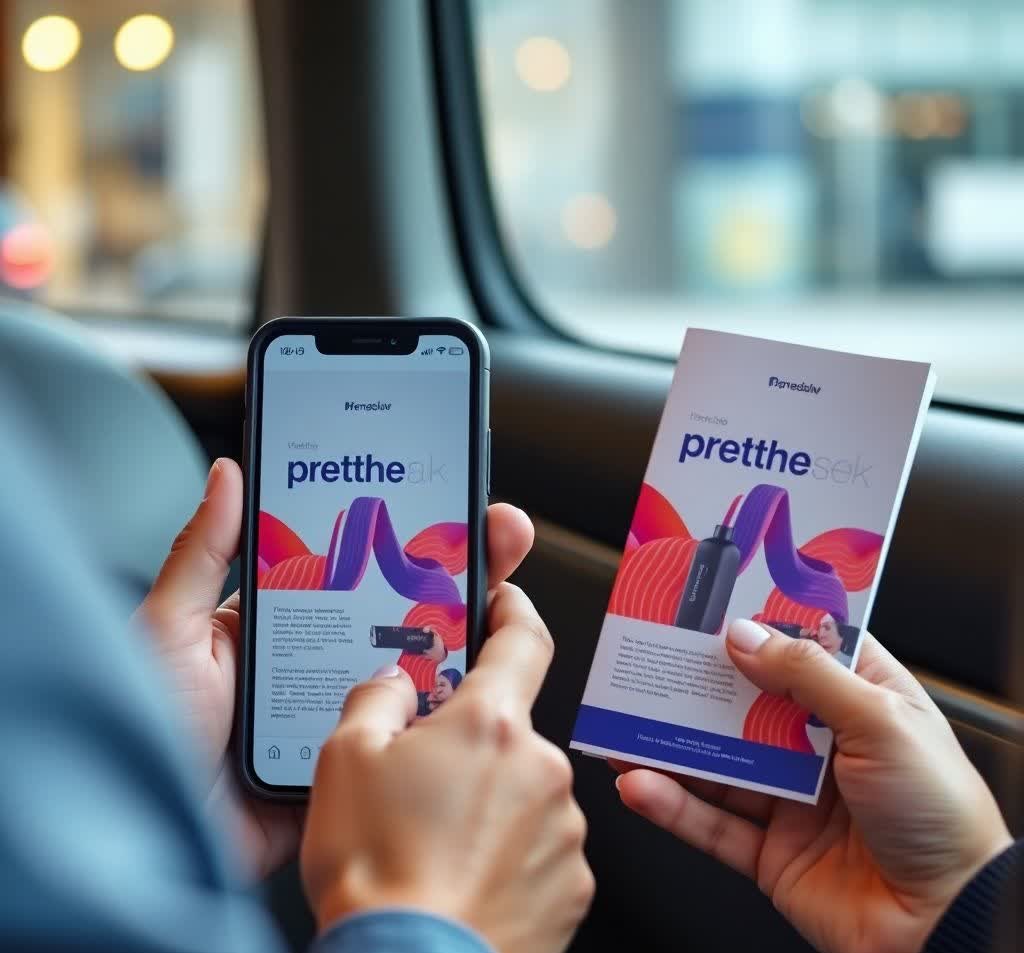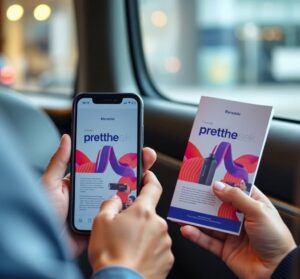With the rise of digital marketing, many businesses have shifted their focus to online strategies, often overlooking the power of print media. However, print remains an essential tool for building brand awareness, credibility, and customer engagement. Unlike digital ads that disappear in an instant, printed materials create a stronger, longer-lasting impact on the audience.
Here’s why print is still relevant in the digital age and why your brand should continue leveraging it:
- Print Creates a Stronger, More Lasting Impression
Printed materials have a physical presence that digital content lacks. When people receive a well-designed brochure, business card, or magazine, they are more likely to remember the brand behind it. Studies have shown that readers engage more deeply with print than digital media, as it requires active attention rather than passive scrolling. A tangible item is more memorable, making print an excellent way to leave a lasting impression on potential customers.
- Builds Trust and Credibility
Consumers tend to trust printed materials more than digital ads, which are often associated with spam, pop-ups, and misleading clickbait. A professionally printed flyer, catalog, or magazine conveys legitimacy and authority, making customers feel more confident in the brand. Businesses that invest in print are perceived as more reliable and established, which helps in strengthening customer relationships and building long-term loyalty.
- Less Competition, More Attention
In the digital world, consumers are constantly bombarded with online ads, emails, and social media promotions, making it difficult for brands to stand out. However, there is less competition in print advertising since fewer businesses invest in it today. A well-designed direct mail piece, high-end brochure, or luxury packaging captures the audience’s attention more effectively than an online ad that can be ignored or skipped. With fewer distractions, printed materials receive more engagement.

- Tangibility: The Power of Holding Something Physical
Print is something people can touch, feel, and keep, making it more impactful than a fleeting digital advertisement. A business card, flyer, or magazine provides a multi-sensory experience, allowing customers to interact with the brand in a way that digital media cannot. Tangibility also means longevity—while an email gets deleted in seconds, a printed catalog may sit on a desk for weeks, serving as a constant reminder of your brand.
- Few to No Distractions for the Reader
Unlike online content that competes with ads, notifications, and pop-ups, print allows the reader to fully focus on the message without interruptions. When customers flip through a brochure, read a direct mail piece, or browse a product catalog, they are immersed in the content, leading to higher engagement. Without digital distractions, people absorb information better and are more likely to take action based on what they read.
- Higher Engagement and Better Brand Recall
Print engages readers in a way that digital media often fails to. Studies show that people remember printed content better than digital content because it requires active reading rather than passive scrolling. A well-crafted brochure, flyer, or magazine encourages customers to spend time reading and understanding the message. This increases brand recall and strengthens customer connections, making print a powerful tool for marketing and communication.
- Print as a Powerful Advertising Medium
Printed advertisements, such as billboards, posters, magazine ads, and direct mail, continue to be effective because they reach customers where digital ads cannot. Unlike online ads that disappear after a few seconds, print ads have a longer lifespan and can be seen multiple times. For example, a billboard on a busy highway, a branded shopping bag, or a product label reinforces brand awareness every time it is seen. Businesses that incorporate print advertising into their marketing strategy enjoy higher visibility and a stronger brand presence.
- Print Increases Perceived Value and Luxury Appeal
Luxury brands understand the power of print in creating a premium image. High-quality printed materials, such as embossed business cards, gold-foil invitations, or elegant product packaging, add a sense of exclusivity and sophistication. Consumers associate well-designed print materials with high value, making them more willing to invest in the brand. Even in a digital world, print remains a symbol of prestige and attention to detail.
Conclusion: Print and Digital Should Work Together
While digital marketing is essential, print still plays a vital role in building a brand’s identity, trust, and engagement. It offers a unique, tangible experience that digital media cannot replicate, ensuring stronger brand recall and customer loyalty.
To maximize impact, businesses should adopt a hybrid approach, integrating print with digital marketing strategies. Whether it’s direct mail campaigns, high-quality brochures, business cards, or luxury packaging, print remains a powerful tool for branding and customer engagement in the digital era.









